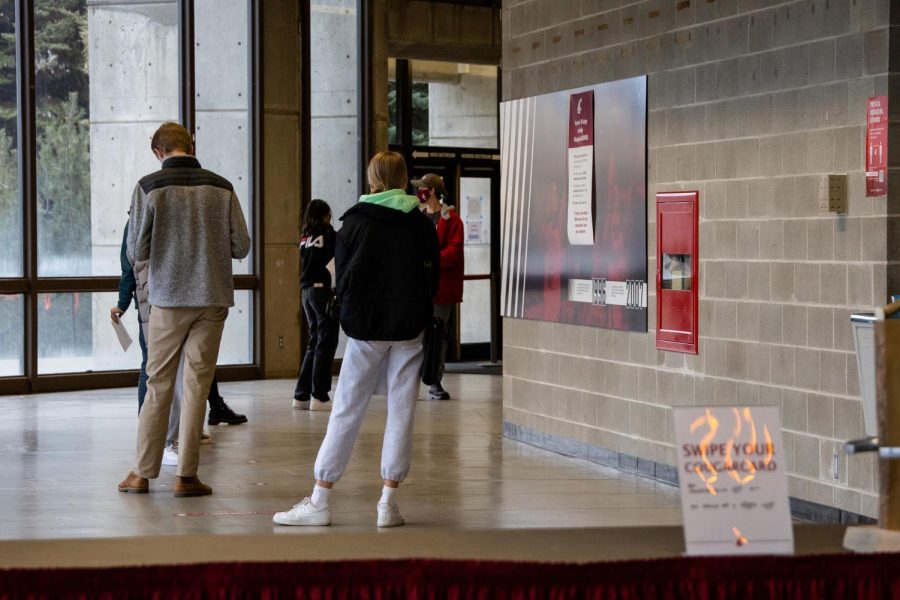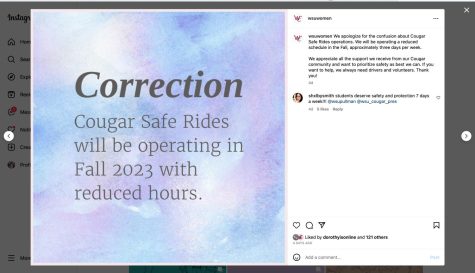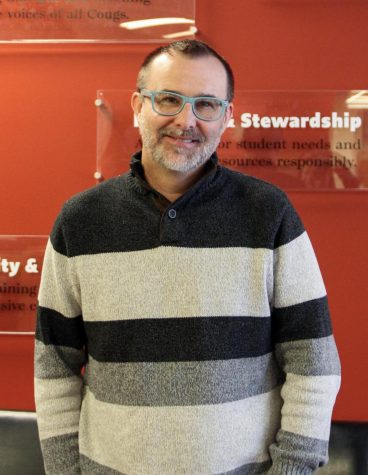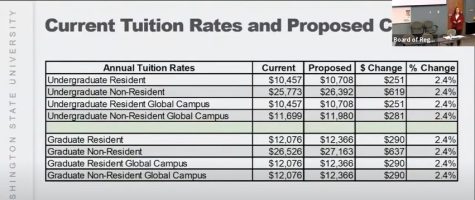WSU creates new COVID-19 dashboard
Data includes positivity rates, positive tests, active cases
Guy Palmer, regents professor of pathology and infectious diseases, said he hopes the dashboard will help mitigate the spread of the virus within the WSU community, as well as provide transparency to the community about the number of cases.
January 29, 2021
WSU recently created a COVID-19 dashboard that allows students, staff and community members to get a better look at case numbers and other related data.
The dashboard shows positivity rates, positive tests and active cases of students and employees, said Hailey Rupp, WSU emergency operations project manager for COVID-19.
“It’s important to note that some of these statistics include people who don’t necessarily live in Pullman or Washington since we have a lot of employees who come in from Idaho,” she said.
The dashboard went live last week and is updated with new data every day. The positive case count renews every 14 days (the end of a quarantine period), said Guy Palmer, regents professor of pathology and infectious diseases.
The data on the dashboard is updated by WSU Environmental Health & Safety, along with Whitman County Public Health, Palmer said.
Palmer said WSU hopes to mitigate the spread of the virus within the WSU community and provide transparency to the community on the number of cases.
“Testing does not prevent transmission,” he said. “Testing is a tool that we can use, but it’s actually a behavior change that accomplishes that.”
Rupp said the data is collected from all testing sites on campus, as well as from any Whitman County health facility that tests members of the WSU community.
During WSU’s arrival testing, over 8,000 students were tested, and only 81 tests came back positive, she said.
“We were hoping to keep our positivity rate below two percent and we actually saw below one percent with the majority of our students who came back,” Rupp said.
Palmer said he hopes those numbers stay where they are, and he will continue to closely monitor them.
“We’re really pleased with the way we’ve rolled out and the way the whole community — the student community, the staff community, and this broader community — has engaged in mitigating the pandemic,” Palmer said.

















